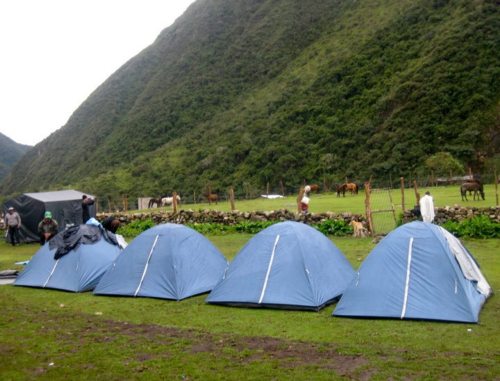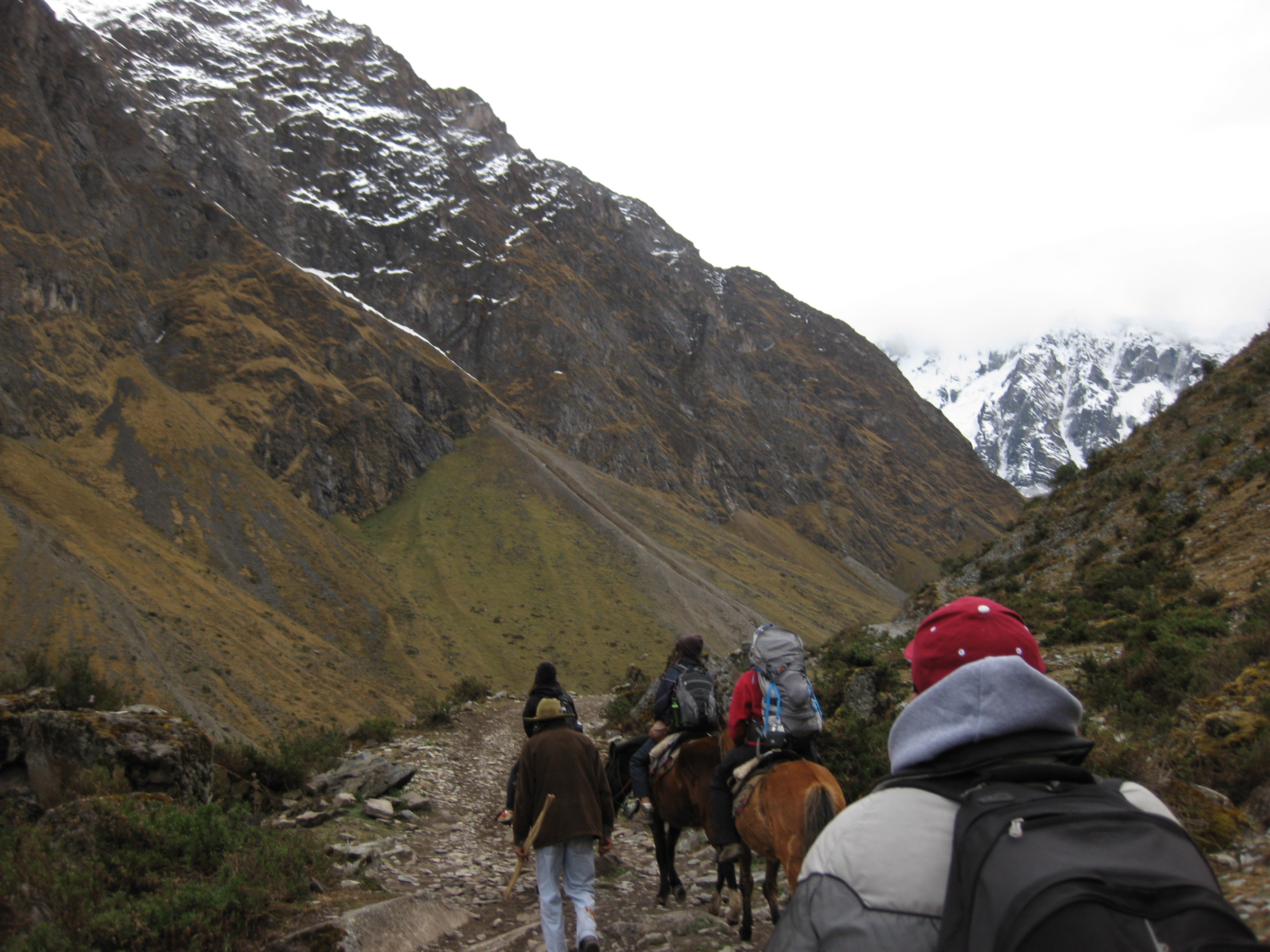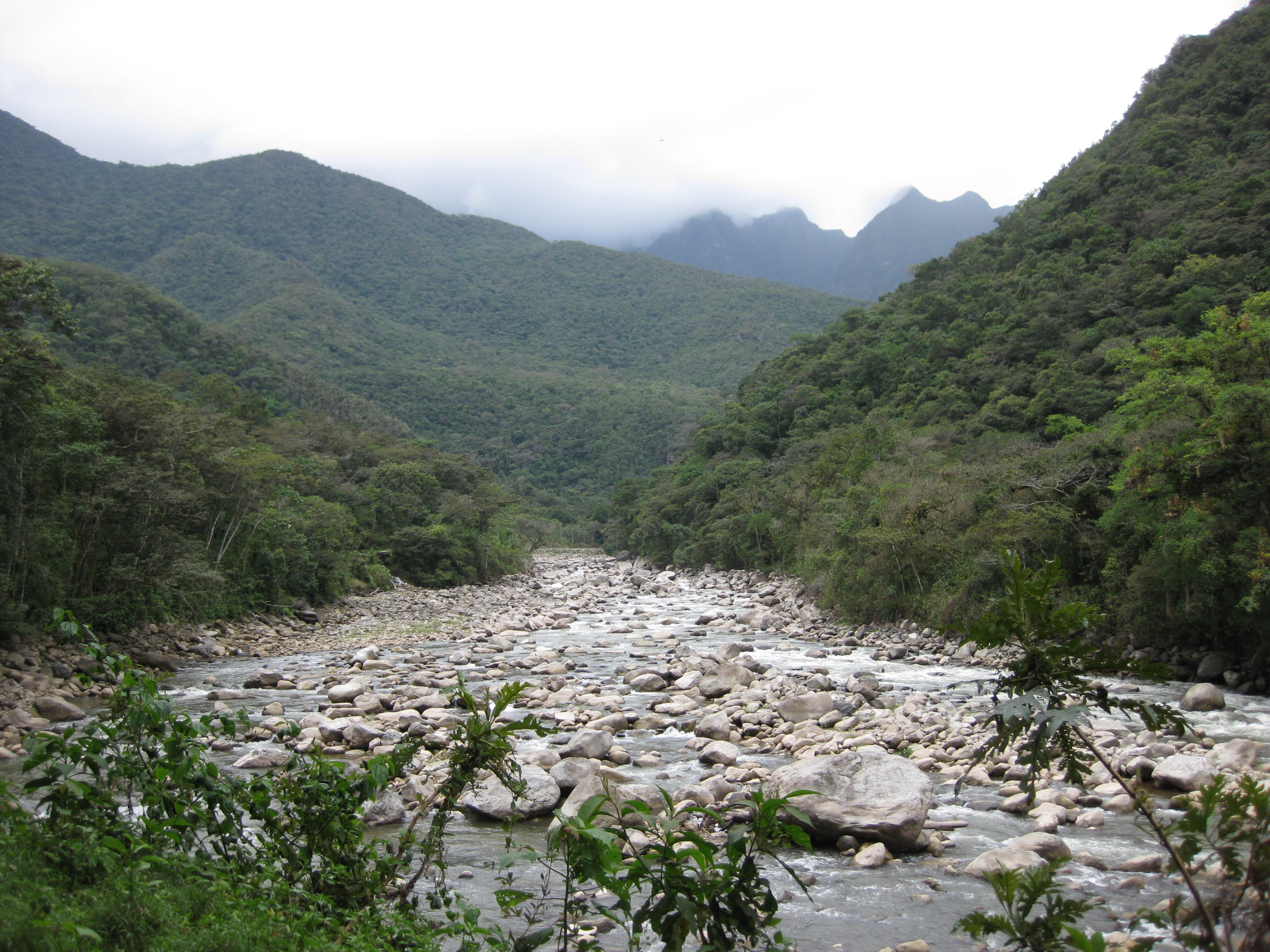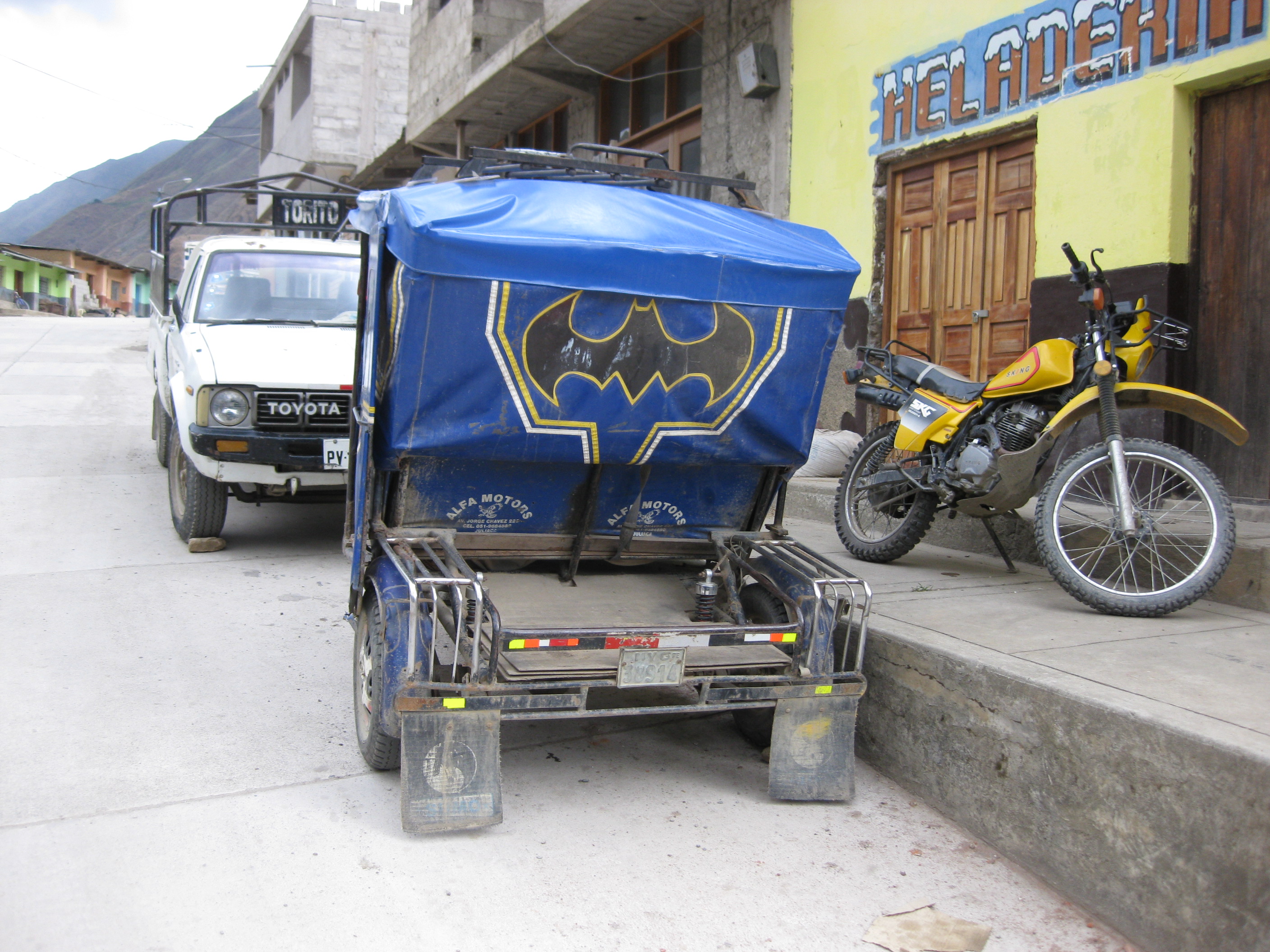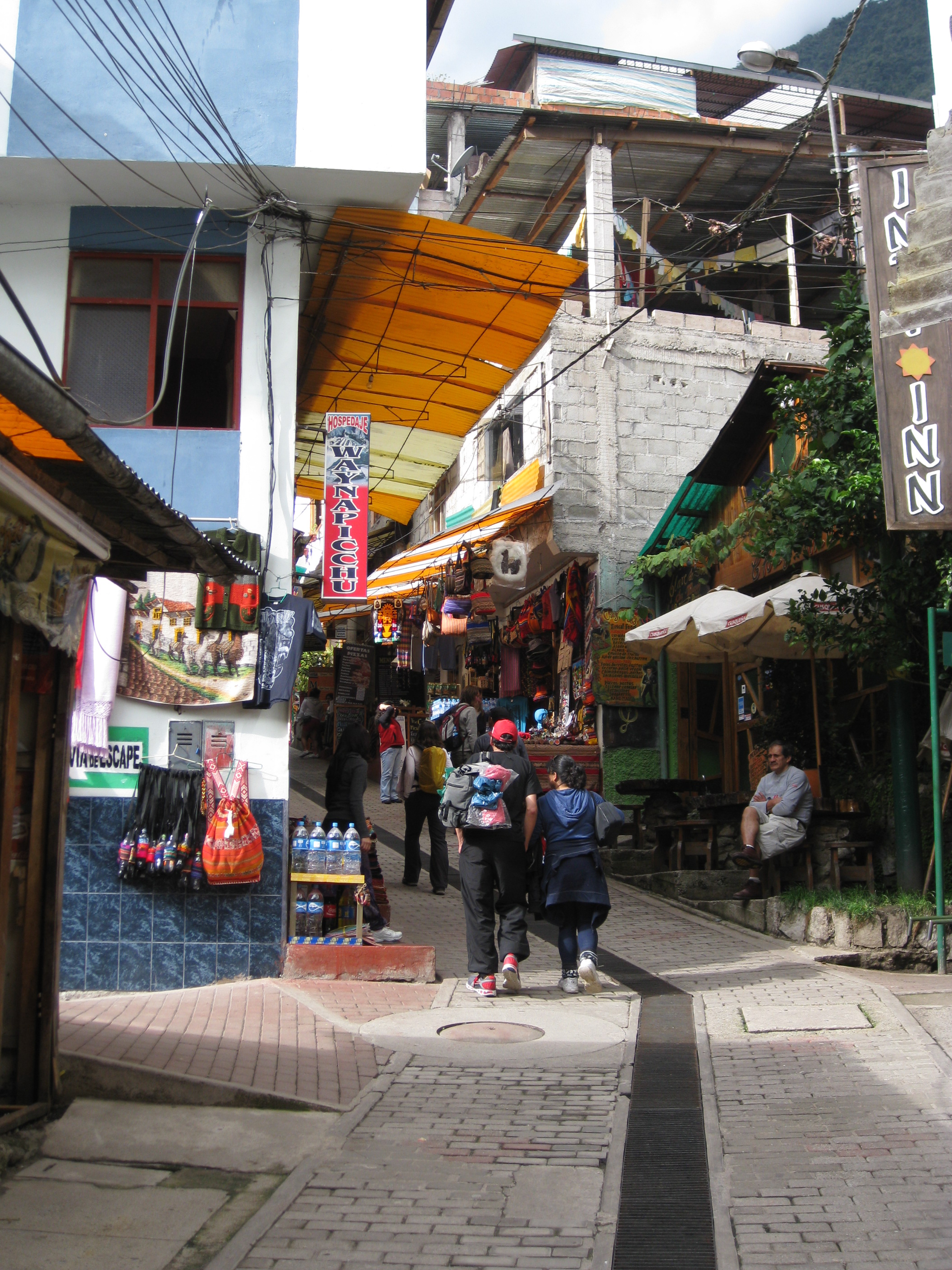The Inca Trail’s sold out. How do you get to Machu Picchu?
Introduction
Why can’t I hike the Inca Trail?
What’s Salkantay like?
Should I hire a guide?
Where’s the Inca Bat Mobile?
What was once the crown city of the ancient Incas has become one the world’s most popular and recognizable tourist destinations. Every year, hundreds of thousands of adventurers, students, and retirees alike flock to Machu Picchu to experience the mystique of a long-gone civilization.
Or maybe they just want to Instagram the awesome views and check an obligatory destination off the travel bucket list. Either way, it’s a fantastic experience.
And sure, you could take one of those fancy open-bar* trains and listen to someone rock out on a traditional Peruvian instrument that is the electric bass:
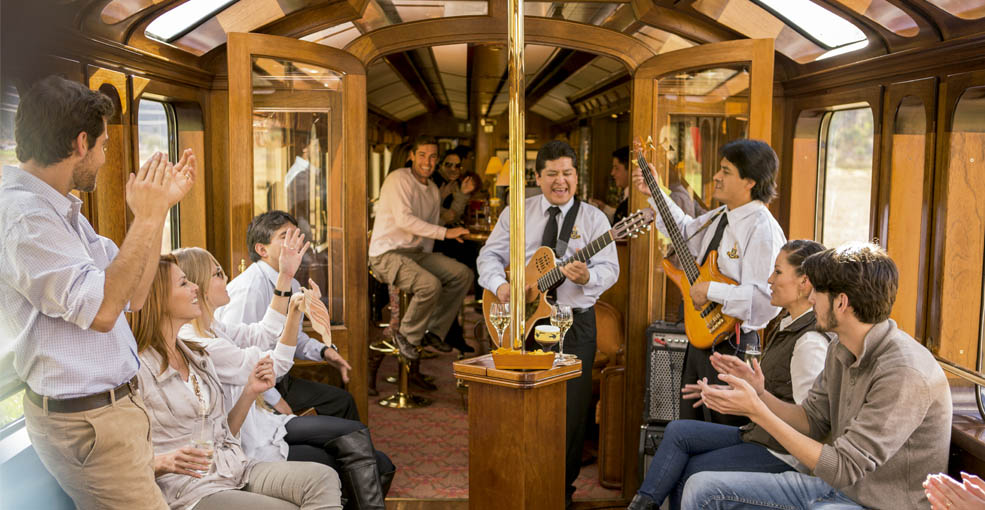
But what’s the fun in that?
I mean, the wine does look tempting, but how many chances do you get to visit Machu Picchu? You want do this for real. You want to brush off that backpack you haven’t worn in ages (or just bought), stretch out those office-atrophied legs, and set off into the highest Andean peaks. You dream of taking the path the Inca walked themselves centuries ago, criss-crossing through ancient settlements with funky names like Sayaqmarka, Qunchamarka, and Puyupatamarca.
You want to hike the one and only, the original, though not without its cons, the best – the Inca Trail.
Too bad it’s sold out.
Since 2011, the Peruvian government has strictly limited the number of hikers on the Inca Trail to 500 per day due to preservation concerns. That number actually includes about 300 porters, so a more accurate figure would no more than 200 trekkers on the entire trail in any given day.
We all know how awesome Machu Picchu is, so this creates tremendous demand for a limited number of Inca Trail slots. As a result, you often need to book and put down a deposit with a travel agency or tour group 3 to 4 months in advance.
There’s no way around this. You can’t hike the trail without planning the trip in advance with a certified travel provider. If you do, you’re either a brilliant opportunist capitalizing on a rare stroke of luck or have just done something very illegal.
So if you’re like me and like to do things last-minute, you might find yourself in a bit of a conundrum. You can’t hike the Inca Trail, but you don’t love the idea of being packed into a tourist train either.
Lucky for us, there’s plenty of alternative routes to Machu Picchu. You can read a bit more about them here and see pretty pictures here, but I’ll focus on Salkantay since that’s what I hiked a few years ago.
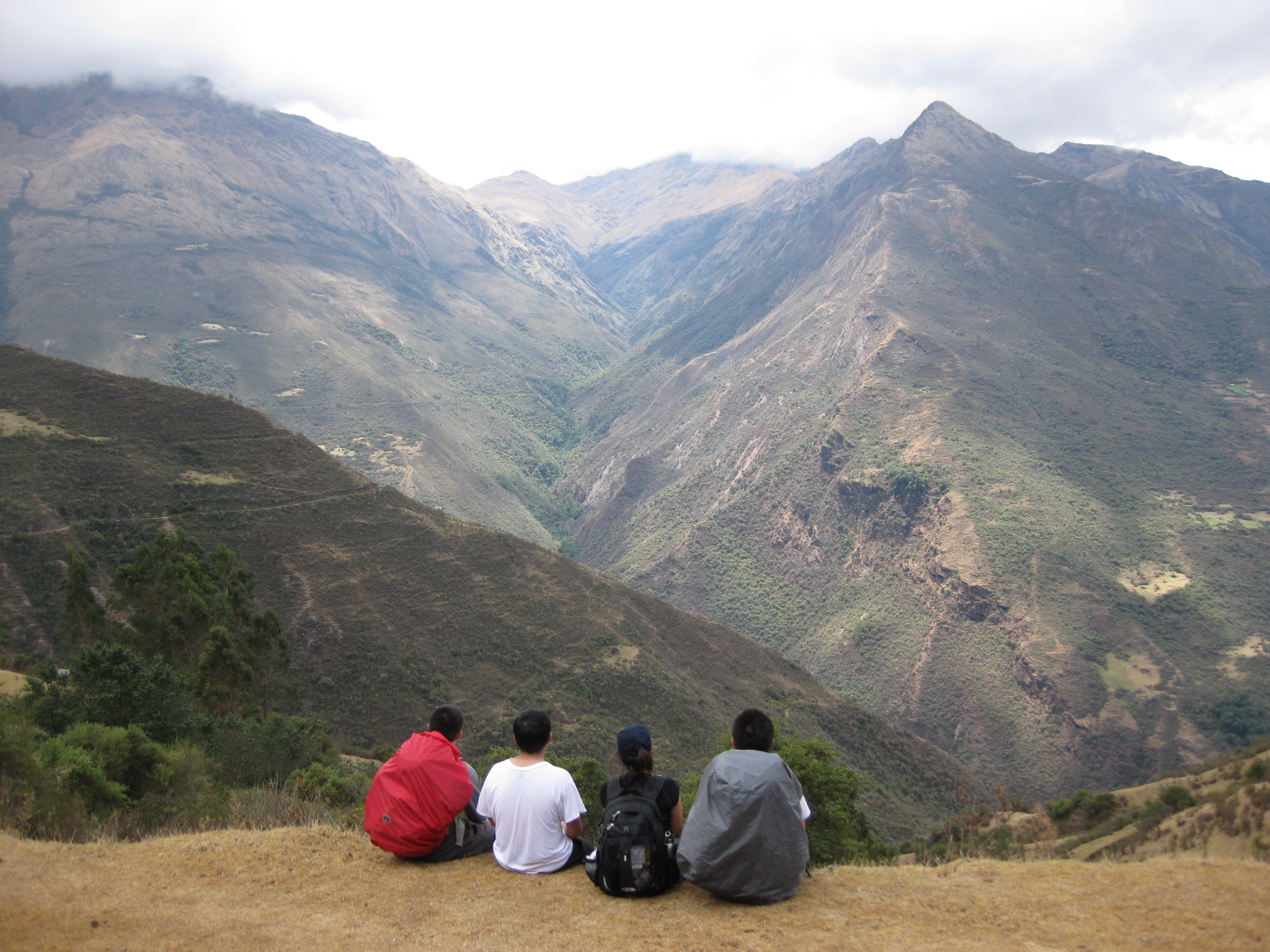
We took the alternative Salkantay Trek via Santa Teresa, a 5-day trek that covered about 32 miles:
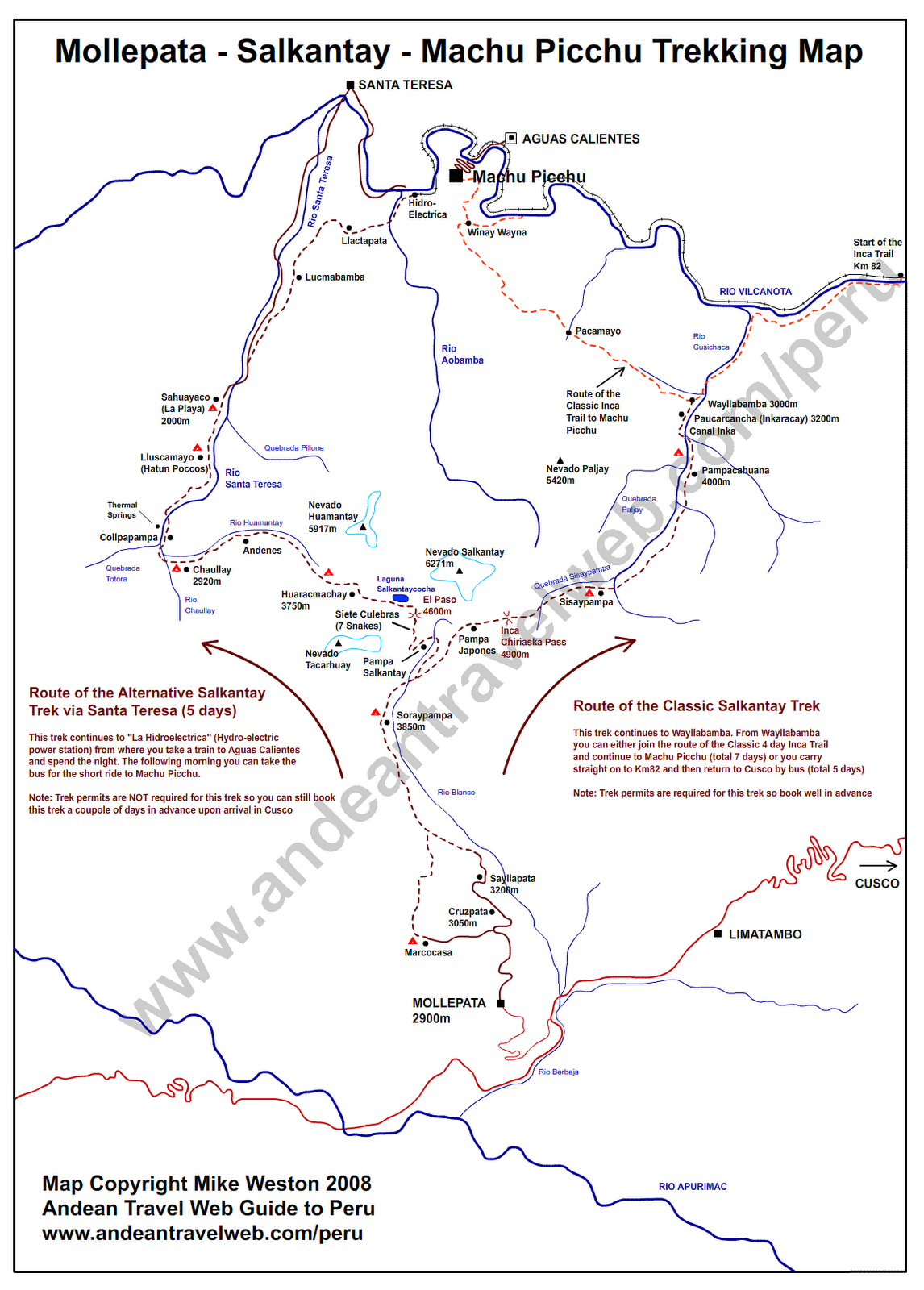
An average of 6 miles per day doesn’t sound too bad, but you need to consider the significant elevation change of 1,700 meters (5,600 feet) in the first 1.5 days. It’s a pretty strenuous itinerary, especially for beginners, so I recommend working with a tour group.
Here’s a good summary of what to expect each day on the Salkantay-Santa Teresa route.
We used Salkantay Trek Peru, and we really couldn’t have made it without them. I was absolutely exhausted during the first-half of the trek – and that was with our porters carrying our communal (read: heavy) gear like tents, pots, and food.
Your guides will also set-up your campsite each night:
And feed you:
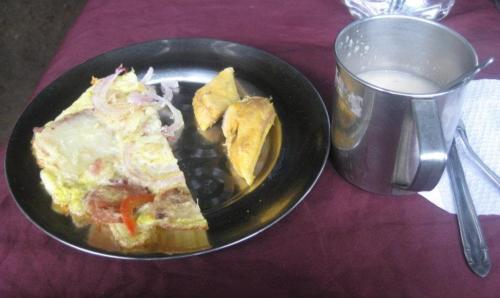
Now this might seem a bit too namby-pampy for the seasoned, Everest-climbing, K2-conquering, world-class expeditioner. And since a permit isn’t required to hike Salkantay (yet), it’s entirely possible to go about this hike on your own.
But for everyone else, and especially for us, guides were an essential part of the experience. Our guide was genuinely interested in making sure we had a great time while keeping us from inadvertently walking off a cliff or something.
These tour packages usually cost $400-700 per person, or about $100 per day, and discounts are available for groups, students, and probably if you just ask and shop around. This price should include everything, including your food, tents, porters, hotel in Aguas Calientes, and ticket to Machu Picchu. It does not, however, include tips and gratuities for your guide and porters, which you should provide separately at the end of your trek.
Plus, a good guide will make sure you actually make it to Machu Picchu. As I mentioned before, the second morning can be pretty brutal because of the high elevation and rapid climb (~12,600 feet to 15,000 feet in under 2 miles). So our guide rounded up some horses to get us through the tougher part of that day. These horses should be available for a nominal fee at the base of Salkantay, but check with your guide before departing if you feel you might need them.
After that initial climb, the rest of the trek was a smooth descent into the sub-tropical “cloud” forests that surround Machu Picchu.
With plenty of stops in smaller towns along the way.
And finally on Day Four, you’ll walk for a few hours on a lonely train track (sadly, no sign of the happy dancing tourists or bass guitarists) …
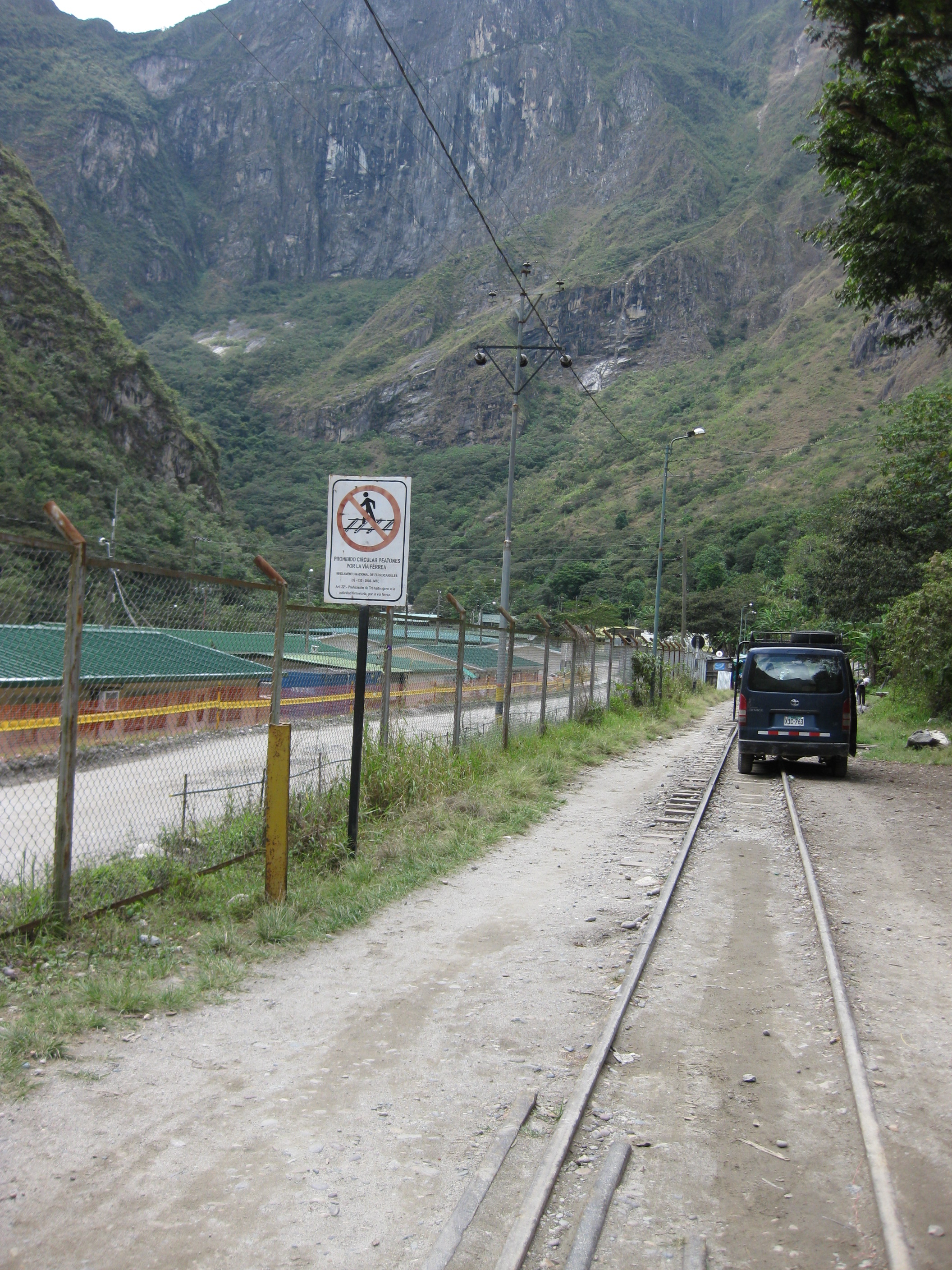
… to reach Aguas Calientes, a small but bustling town at the foot of Machu Picchu.
I can’t say it was easy, but the Salkantay Trail was an absolutely incredible hike through some of the highest peaks in the Andes. I’d recommend it to anyone who couldn’t snag a slot on the Inca Trail, or anyone who’s looking for a beautiful trail to Machu Picchu.
If we could do it, so can you!
